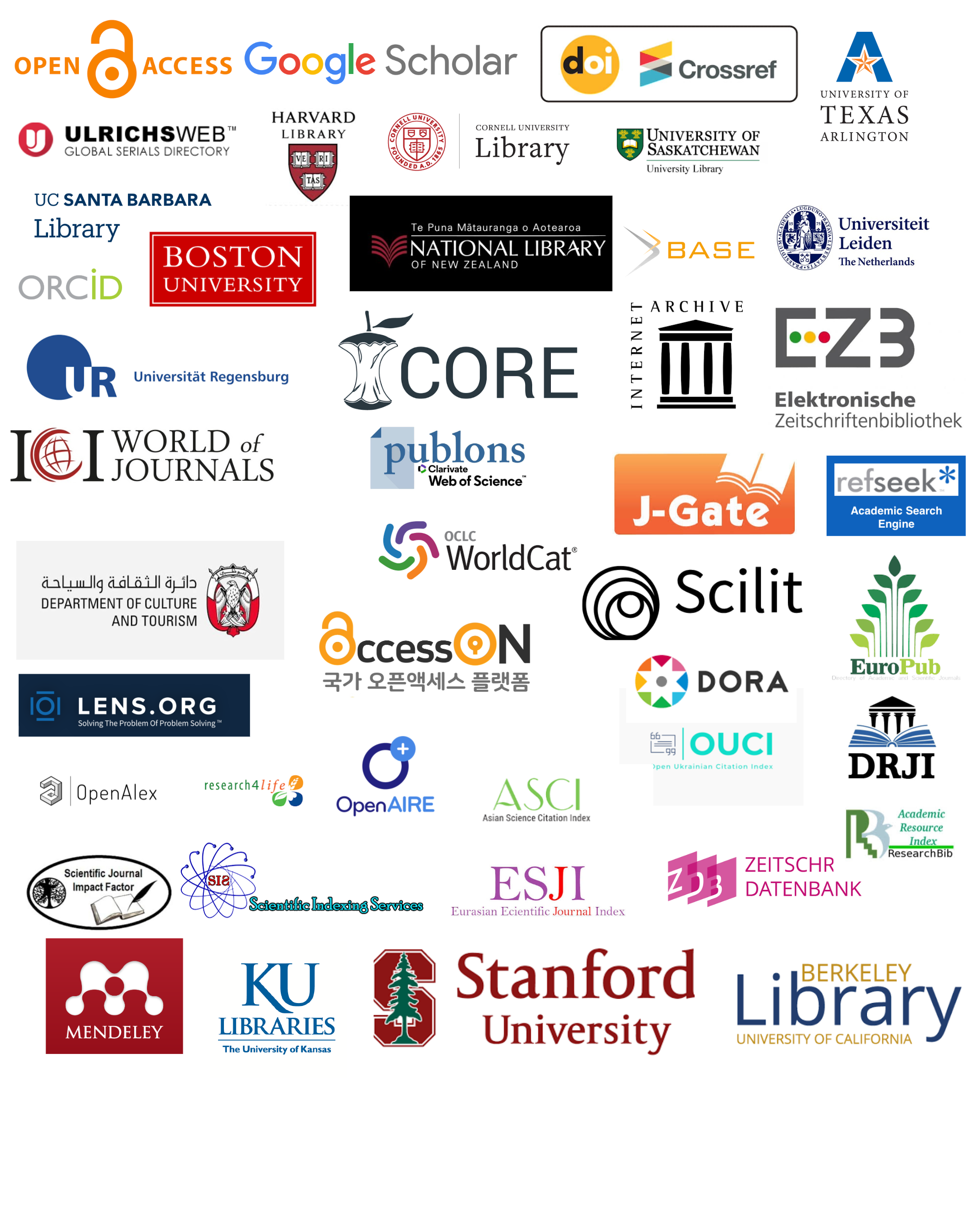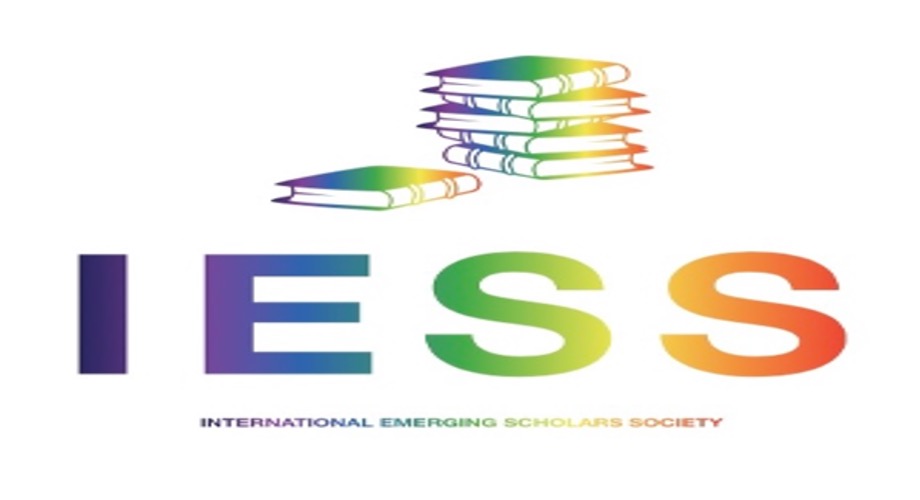Review Process
Peer Review Policy
Procedure
The International Journal of Business and Management (IJBM) (ISSN Online: 2815-9330) uses double-blind review. The reviews are advisory. Neither the editorial board nor the Editor-in-Chief/Managing Editor enters into discussion with the authors of the results of the review.
To ensure this, authors should anonymize elements within the manuscripts that can reveal their identities, such as authors' names, institutional affiliations, contact information, and references to authors' own works.
Peer review is a critical assessment procedure for maintaining a high standard of intellectual work. The process is designed to provide constructive critical evaluation to submissions to ensure that work achieves high academic standards. Review reports assist editors in determining the eligibility of a manuscript for publication. Manuscripts that pass the initial screening of the editors are sent out for external expert evaluation by two or more reviewers. Editors may decide to seek assistance from additional editors or reviewers before reaching a final decision.
Peer-review reports should provide valuable information and suggestions to authors on how to improve article quality so that readers can benefit more from the article. Review reports should be presented in a professional manner and constructive manner. Not only criticism of the content, but also positive aspects of the work should be included. To this end, we advise the reviewers to include answers to the following items in their evaluation reports:
a) summary of the contributions of the work to the literature, its potential impact and intended audience.
b) strengths and weaknesses of the work, assessment of whether objectives of the study were achieved and whether the evidence presented supports the conclusions.
c) recommendations to authors regarding methodology, findings and discussions, references, language and presentation, etc., along with suggested corrections.
d) recommendations to editors on whether to request additional minor/major revisions or whether to reject the article or whether to accept the article as is, and the basis for these recommendations.
Review process is expected to be completed within 6-9 after submission. In some cases, longer times may be unavoidable depending on feedback from reviewers, author response times to revisions, and the number of revisions.
Competing interests
If reviewers realize a competing interest that might influence the review report, they should immediately alert the editors and refrain from continuing the review. Competing interests occur when a professional decision might be affected by another interest, such as a monetary connection, an intellectual trust, or an individual relationship or competition. To maintain high levels of objectivity and credibility, we ask the reviewers to disclose any possible competing interests.
Confidentiality
Submission content, including its abstract, ideas, and research data, should be treated as privileged information by reviewers and editors, and should not be shared with any third parties or used personally. As part of the double-blind peer-review process, authors and reviewers should be cautious not to reveal their identities.
Timeliness
We request that reviewers deliver review reports on time to ensure a good publication experience for everyone. If reviewers fail to meet the review deadline, they should notify the editorial office and request an extension as soon as possible.
Decision
After receiving the reviews, the associate editor considers the issue of the articles received and based on the conclusions of the reviewers a recommendation to publish or refuse the article is made. The final decision is made by the Editor-in-Chief/Managing Editor.
Based on the decision taken, the author(s) is sent a letter to the email address on behalf of the assistant to the Editor-in-Chief/Managing Editor which contains the texts of the reviews, the overall assessment of the article, and sets out the decision made regarding the materials submitted by the author(s).
If the article can be published after correction and elimination of comments the letter gives recommendations on correction / removal of comments. The reviewers and editors of the journal do not enter into discussions with the authors of the article about the comments made.
An article sent by the author(s) to the editorial office after correction / elimination of comments can be sent for re-review (second round) to one of the previous reviewers or a third reviewer appointed at the discretion of the editorial board or the Editor-in-Chief/Managing Editor.
If the article contains a significant share of the reviewer's critical remarks but it has a general positive recommendation, the editorial board can classify the material as polemical and publish it as a scientific discussion.
In case of rejection of the article, Editor-in-Chief/Managing Editor sends a reasoned refusal to the author.


